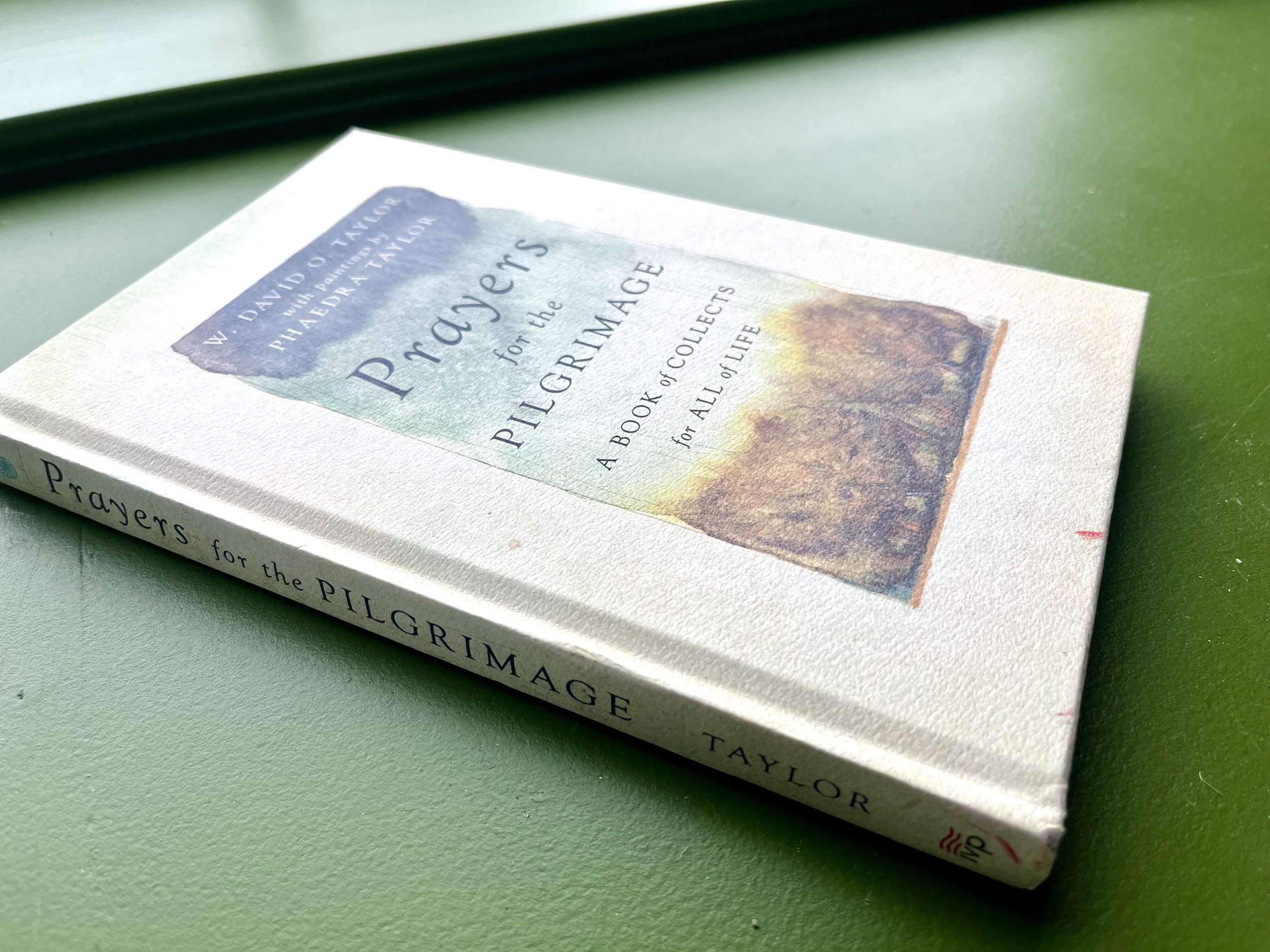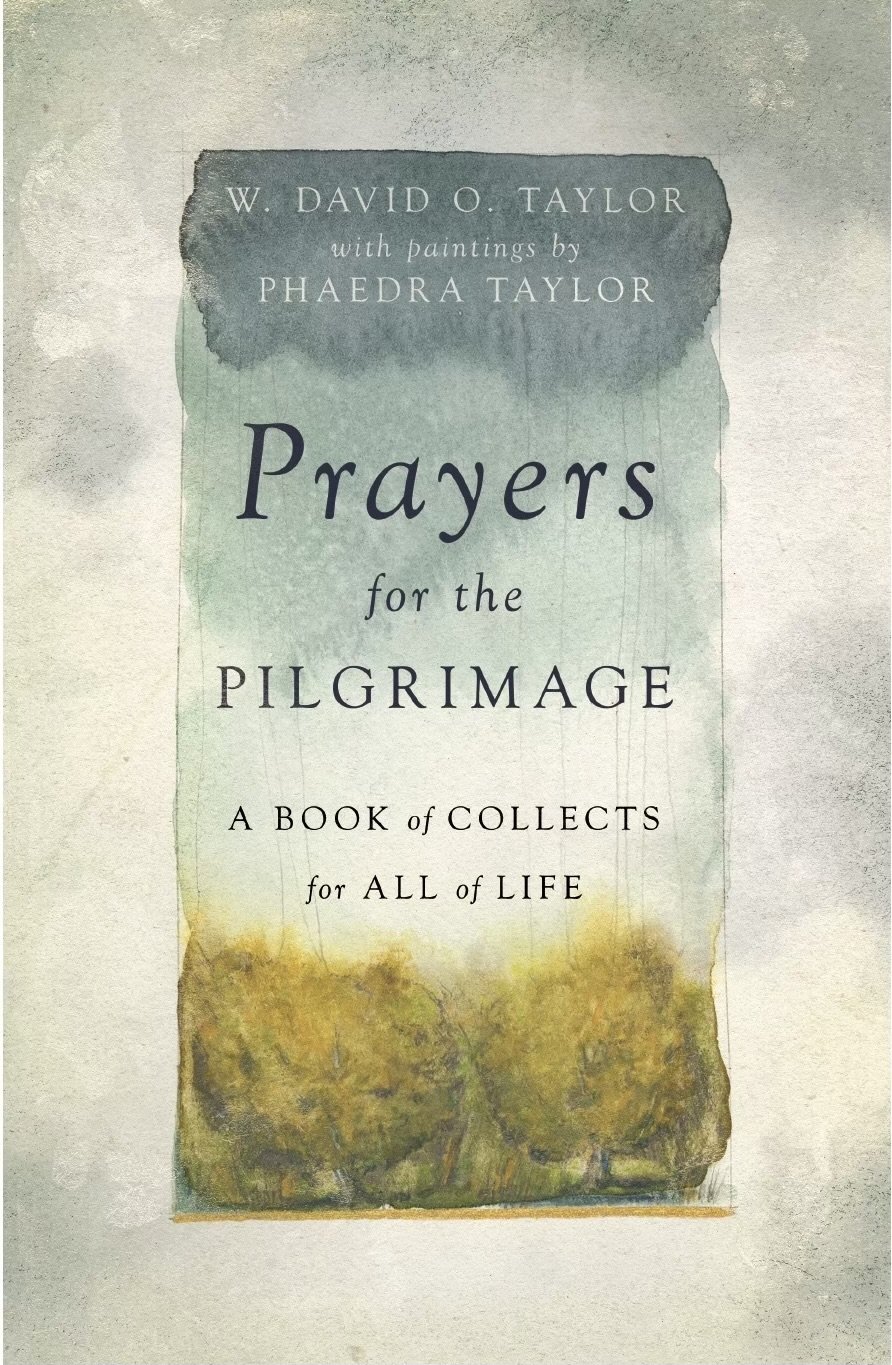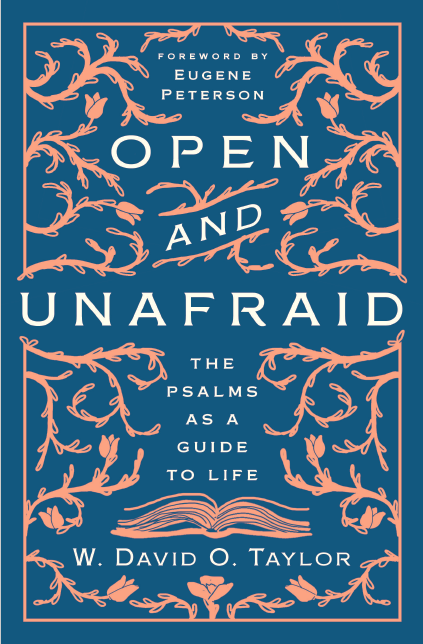
BOOKS + WRITINGS + ART PROJECTS
During the pandemic, I began writing collects (an ancient form of short prayer) as a daily spiritual exercise. It was a way for me to offer back to God my own fears and anxieties. As time went on, I began to receive requests for written prayers from friends and even strangers for a wide variety of circumstances and needs.
Prayers for the Pilgrimage is a compilation of these prayers, arranged by topic and accompanied by a series of paintings by my wife, Phaedra.
Here are prayers for morning & evening, work & play, public life & private life, doubt & faith—from Advent to Lent, from birth to death. They include the following prayers:
Being Stuck in Traffic + Changing Diapers in the Middle of the Night + Facing a Midlife Crisis + Forest Fires + Wearying of Doing Justice + Monotonous Work + Endings + Experiencing Dementia + Mondays + Showing Grace Across Political Lines + Envy + Being Mad at God + Aging Well +Those Who Have Suffered Trauma + Job Interviews.
Our Christian faith invites us to pray all of our lives back to God, lest we begin to believe that there is any part of our lives that God doesn't see or isn't interested in seeing. Prayers for the Pilgrimage gives us not only specific prayers but also a model for understanding our whole lives as prayer.
THE PSALMS
The book of Psalms has been central to God's people for millennia, across all walks of life and cultural contexts. In reading it, we discover that we are never alone in our joys, sorrows, angers, doubts, praises, or thanksgivings. In it, we learn about prayer and poetry, honesty and community, justice and enemies, life and death, nations and creation. Open and Unafraid shows us how to read the psalms in a fresh, life-giving way, and so access the bottomless resources for life that they provide.
WORSHIP & the ARTS
Every choice of art in worship opens up and closes down possibilities for the formation of our humanity. Every choice forms our desires, shapes our imaginations, habituates our emotional instincts, and reconfigures our identity as Christians in contextually meaningful ways. Glimpses of the New Creation argues that the arts, whether musical or architectural, poetic or dramatic, kinetic or visual, form us in corporate worship by bringing us into intentional and intensive participation in the aesthetic aspect of our humanity—that is, our physical, emotional, imaginative, and metaphorical capacities.
BODY & WORSHIP
By drawing on the wisdom of the Bible, church history, and theology, and by taking advantage of the unique insights of the arts and sciences, ethics, and spiritual formation, I argue in this book that there is something for our physical bodies to do that decisively forms Christlikeness in us within the context of corporate worship. What we do with our postures, gestures, and movements in worship matters. How our senses of sight, scent, sound, taste, and touch are involved in worship matters. How our spontaneous and prescriptive activities form us in worship matters. All of it matters to faithful and fulsome worship for the sake of a body that is fully alive in the praise of God.
CONTEMPORARY ART & the CHURCH
The church and the contemporary art world often find themselves in an uneasy relationship in which misunderstanding and mistrust abound. On one hand, the leaders of local congregations, seminaries, and other Christian ministries often don't know what to make of works by contemporary artists. On the other hand, many artists lack any meaningful experience with the contemporary church and are mostly ignorant of its mission. This book includes essays and reflections by artists, theologians, and church leaders that explore misperceptions and imagine the possibility of a renewed and mutually fruitful relationship between the worlds of the church and the worlds of contemporary art.
CHURCH & the ARTS
In many churches today the arts are an afterthought at best or, at worst, forbidden and dismissed. This collection of essays, from Eugene Peterson, Lauren Winner, Andy Crouch, Jeremy Begbie, John Witvliet and others, takes you beyond "how we've always done it," beyond fads, beyond mere imitation of the culture, beyond utilitarianism in order to develop a robust, dynamic, and substantive vision for the place of the arts, and of artists, in the life of the church.
CALVIN & CREATION
Both detractors and supporters of John Calvin have deemed him an enemy of the physical body, a pessimist toward creation, and a negative influence on the liturgical arts. But that only tells half of the story. In this book I examine Calvin's trinitarian theology as it intersects his doctrine of the physical creation in order to argue for a positive theological account of the liturgical arts. I do so believing that Calvin's theology can serve as a rich resource for understanding the theological purposes of the arts in corporate worship. Drawing on Calvin's Institutes, biblical commentaries, sermons, catechisms, treatises, and worship orders, this book represents a thoroughgoing investigation of John Calvin's theology of the physical creation—and the promising possibilities it opens up for the formative role of the arts in worship.






